Welcome to our new blog! We plan to post several times a month about the work we are doing and the projects, studies, and conferences we’re involved in.
Our first few posts will be about the House of Commons Standing Committee on the Status of Women’s study on the system of shelters and transition houses serving women and children affected by violence against women and intimate partner violence, which you can learn more about here.
The first meeting took place on Monday, October 15. There were four witnesses present from: (1) the Department of Indian Affairs and Northern Development, (2) the Department of Employment and Social Development, (3) Canada Mortgage and Housing Corporation, and (4) Office of the Co-ordinator, Status of Women.
The second meeting on this topic took place on Wednesday, October 17. There were three witness presentations: Tim Richter, President and CEO of the Canadian Alliance to End Homelessness; Paul Taylor, President and CEO of Mortgage Professionals Canada with Jacquie Bushell, Residential Mortgage Specialist; and Lise Martin, Executive Director of Women’s Shelters Canada (WSC).
Overall, WSC is very disappointed with these first two meetings. We feel that women’s voices and the voices of the VAW sector are being silenced.
It should be noted that the second meeting was shorter than the previous one (one hour instead of 1.5 hours). At the first meeting, four witness statements were each given 9 minutes. At the second, three witness statements were only given 7 minutes each. Of the seven witness statements so far, only one – ours – could speak directly to the VAW shelter system. As a result, WSC had to use some of its preciously short time to give a sort of VAW 101 course to the MPs present. Additionally, the majority of the questions were directed to the two male witnesses present, who did not “pass the mic” to Lise even when they acknowledged that they could not speak to VAW shelters directly.
The first meeting was all over the place, filled with misinformation and lack of clarification, as well as information that was not directly relevant to VAW shelters and transition houses. For example, the representative from the Department of ESD began by listing statistics related to all shelters (homelessness and VAW, for women, men, and families): “137,000 Canadians used emergency shelters in 2014…27% of shelter users were women.” They later said there were about 1200 shelters across the country, not clarifying that they are not all VAW shelters.
In terms of misinformation, the representative from CMHC said that under the National Housing Strategy, at least 4000 homes will be earmarked for survivors of domestic violence. This is not correct, as the NHS states that 4,000 shelters spaces – not homes – will be earmarked.
Women’s Shelters Canada was mentioned a couple of times during the first meeting. The representative for Status of Women referred to WSC as a key stakeholder and quoted our website, saying “Shelters and transition houses are much more than refuges from violence – they are places where women rebuild their lives.”
The issue of a National Action Plan – as opposed to the federal Gender Based Violence strategy – came up in the first meeting by Irene Matheson (sitting in for Sheila Malcolmson, NDP), who referenced the UN Special Rapporteur on VAW’s recent visit to Canada and her subsequent report. The representative from Status of Women responded that the government welcomed the Rapporteur’s insights but that the federal GBV Strategy’s main focus is to get the federal house in order. However, there is a concerted effort to work with the provinces and territories on this because it is a national issue. During the second meeting, Lise stressed the need for a National Action Plan akin to the National Housing Strategy, where the federal government takes a leadership position but works directly with the provinces and territories.
In the first meeting, when pressed about what concrete progress has been made to coordinate a government response to address VAW, the representative from Status of Women dismissed this question, stating “I really think the Department of Justice – I don’t know if you’re actually seeing them – might be a in a better place to answer these questions.”
It appeared that some of the MPs on the Standing Committee have little to no information about domestic violence or VAW shelters. For example, one MP stated in the first meeting, “I think it’s quite often the case that things like alcoholism and maybe gambling and those sorts of things will lead to domestic violence,” and then asked if we should work on preventing those things to prevent domestic violence. Near the end of the meeting, another MP thanked the witnesses – all from government departments – for working on these issues and said “you’re kinda on the front line.” Government departments are not on the front lines; shelter workers are.
Towards the end of the second meeting, Sheila Malcolmson (NDP) stepped up to challenge her colleagues about the line of questioning with the following exchange, interjecting after another MP had a question answered:
“Can I please remind the members that although we ended up with a witness list that was not tailored to the terms of the study, we did agree as Members to discipline ourselves to ask questions that were related to the study, which is domestic violence shelters and domestic violence transition houses.” – Sheila Malcolmson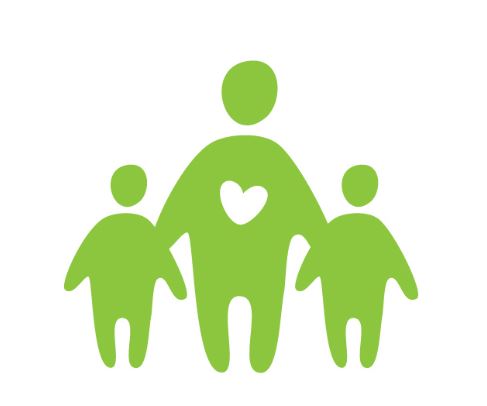
“I look at the continuum of housing for this…all the way through to the mortgage side.” – Karen Vecchio, chair, who said she took Sheila’s point but continued to stress that this was about the continuum of housing.
“But again, not homelessness, but domestic violence.” – Sheila Malcolmson, who received no further answer
We can only hope that subsequent meetings will be better and much more directly related to the issue the Committee is studying – the system of VAW shelters and transition houses.
Meeting 1: Listen to the audio of the full 1.5 hour meeting here
Meeting 2: Read Lise Martin’s extended statement here


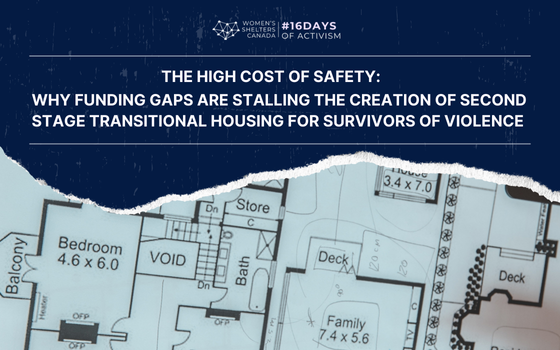
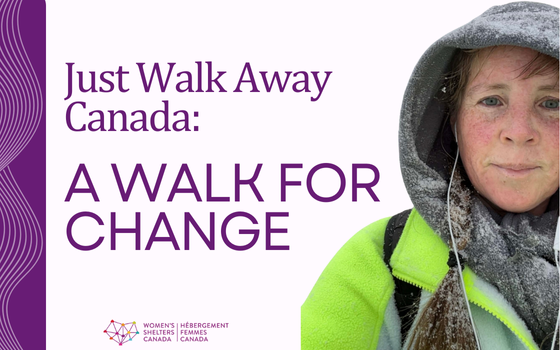
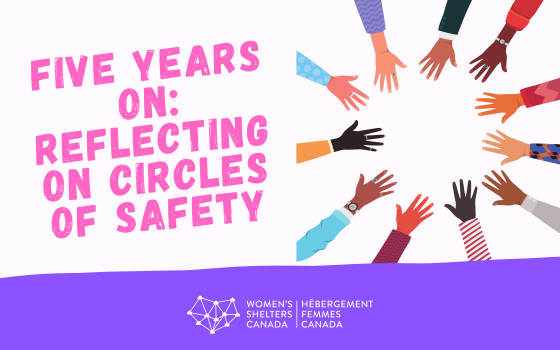
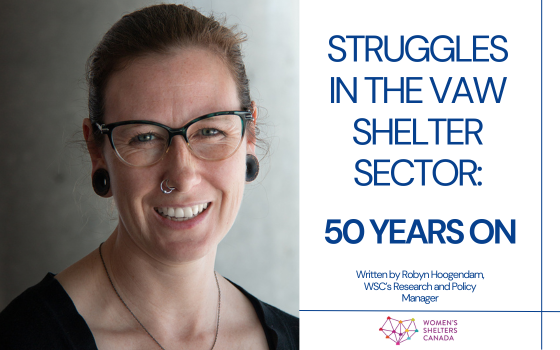
I have been trying to make this point.
The trouble with how Calgary agencies work, and the “housing first” initiatives, is the help offered is too little, too late, especially when it comes to women fleeing domestic violence situations.
I see the s all the time, as I’ve been in and out of Calgary shelters myself for years.
Housing First places priority on long term clients at emergency shelters. It’s good that the agencies are finally starting to address this problem.
Here’s the thing.
I have first hand knowledge of the two biggest shelters in Calgary. At the mustard seed, I was first a client, then after some time, an employee. At the Drop in centre, where I’m currently staying, my experience is limited to a total of maybe 11 months as a highly observant client.
Women fleeing domestic violence need appropriate help on the day they first ask for it.
The drop in centre offers a roof, and relative safety, but little else. The intake process is focussed only on putting the new client in their database. Sometimes, a staff member will give the client a brief tour of the facilities, but they aren’t equipped to match new clients with services they need. Even that introduction is spotty.
The mustard seed has a more detailed intake process, and they do ask questions about why someone is homeless and what supports they need. However, that doesn’t even guarantee a spot on a very long list to access appropriate programs.
Again the focus is on getting the new homeless person onto their client roles.
This has to stop.
I’ve personally witnessed young women fleeing violent situations, and they aren’t even directed to the help they need by shelter staff.
Sometimes the solution is very simple.
Here’s an account of one such situation:
https://m.facebook.com/story/graphql_permalink/?graphql_id=UzpfSTEwMDAyNjA5MDM4NTM5NTpWSzozMTg4OTYxNDg4OTc0MDI%3D
As a place to start, I could contact our few shelters in SK and then could foresee making an appointment with my MP at his constituency office and bringing information re this committee and our lack of SK shelters. He at least needs to know that SK has highest rate of domestic abuse in the country.